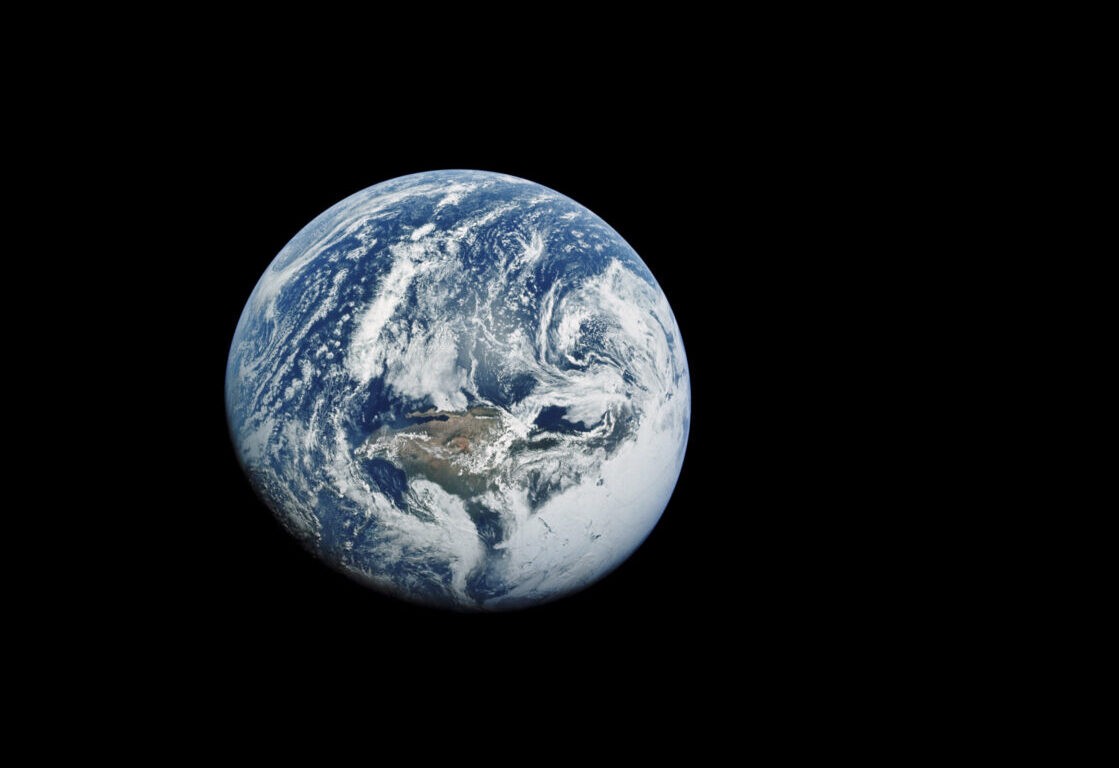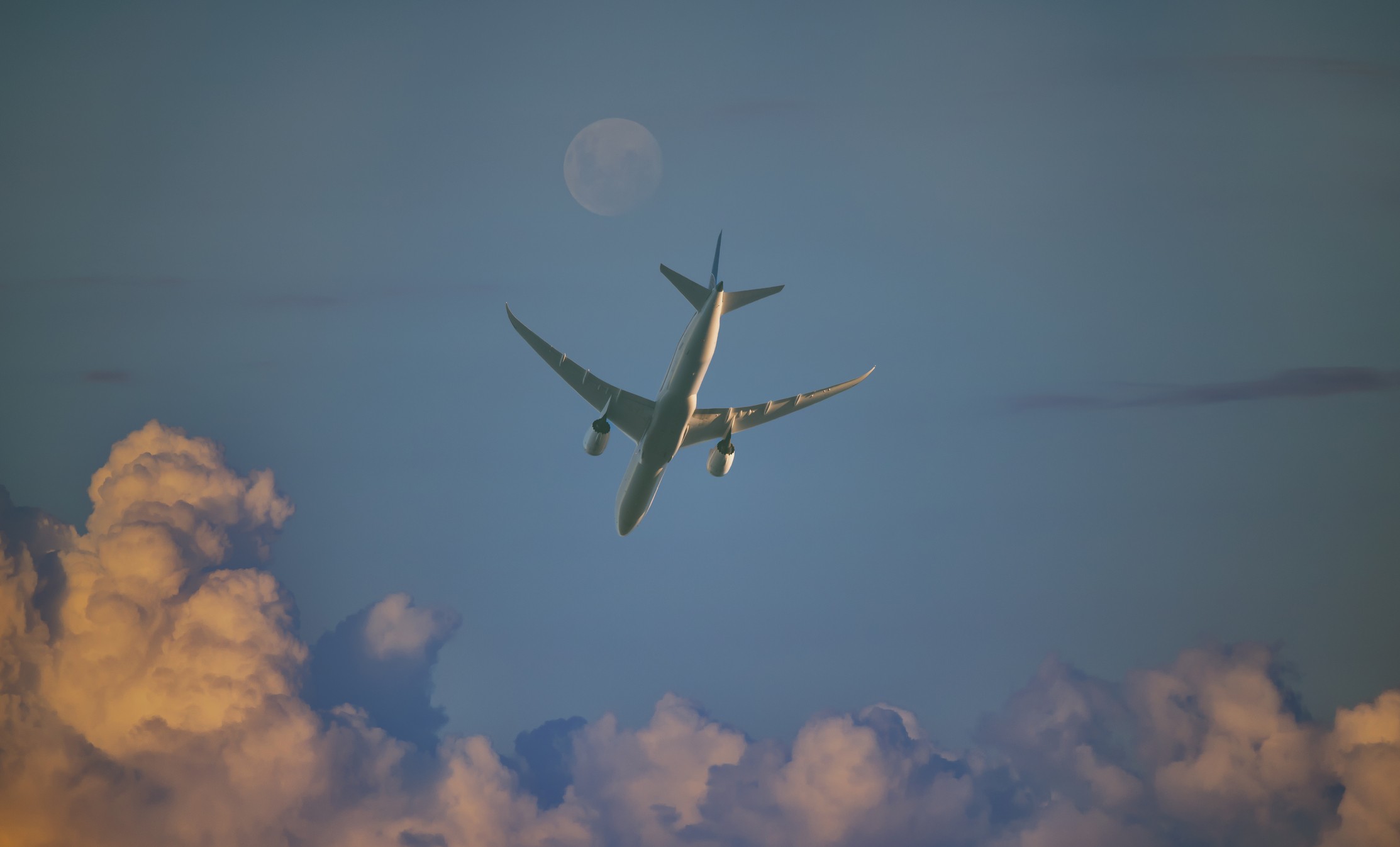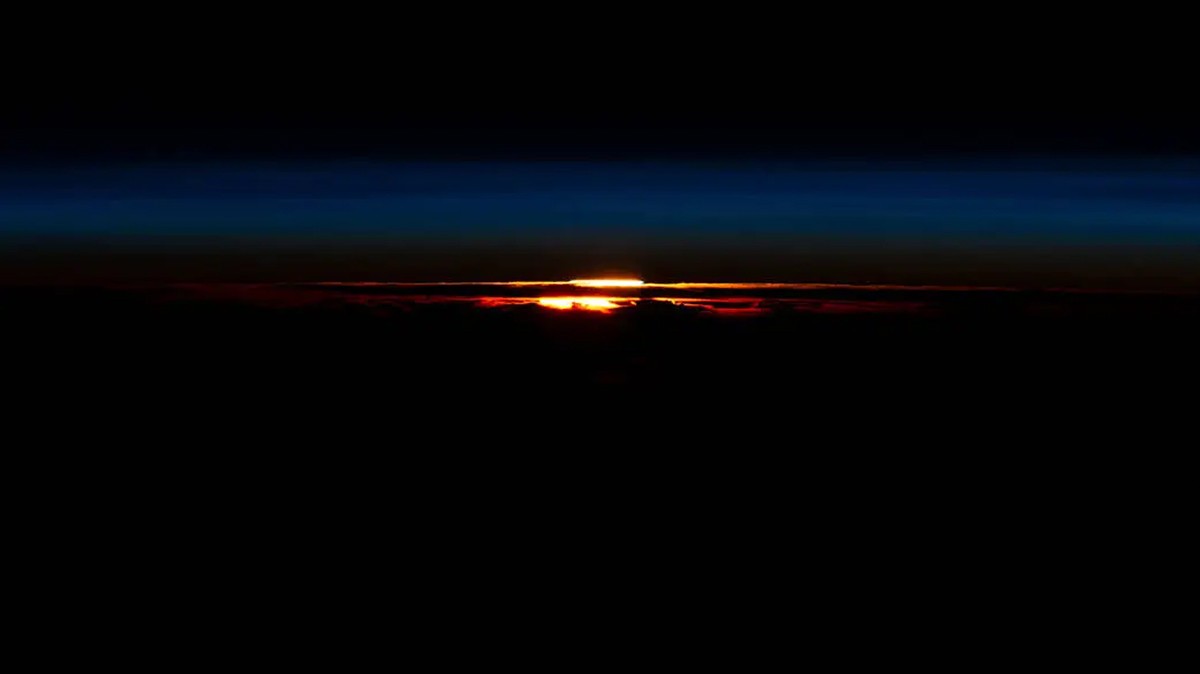The allure of circumnavigating the globe is a timeless human fascination. But just how long would it take to travel around the world? The answer, of course, depends on your mode of transportation. Let’s explore the possibilities, from walking to supersonic flight, and consider some famous voyages along the way.
Earth, the fifth largest planet in our solar system, boasts a substantial circumference. Orbiting spacecraft have measured it at approximately 40,070 km (24,898 miles) around the equator. The planet’s radius is 6,378 km (3,963 miles), resulting in a diameter of 12,756 km (7,926 miles). For our calculations, we’ll follow Phileas Fogg’s example and focus on a journey around the equator. To simplify things, we’ll also imagine a solid Earth, where oceans are replaced by traversable land.
 View of Earth from space during the Apollo 10 mission, showing its spherical shape.
View of Earth from space during the Apollo 10 mission, showing its spherical shape.
Walking Around the World: A Test of Endurance
If you chose to walk around the world, prepare for a significant time commitment. At the average adult walking speed of 4.82 km/h (3 mph), it would take approximately 8,313 hours and 20 minutes. That’s nearly a full year of continuous walking!
Even a speed walking pace wouldn’t drastically reduce the time. Yohann Diniz, the world-record holder for speed-walking 50km, completed the distance in 3 hours, 32 minutes, and 33 seconds. At that rate, circling the Earth would still take around 2,839 hours. Considering the limits of human sleep deprivation, walking becomes an impractical option. Perhaps driving is a better alternative.
Driving at a constant speed of 160 kph (100 mph) around the equator would take approximately 250 hours, or a little over 10 days.
 Person walking on a long, straight road, symbolizing the long journey of walking around the world.
Person walking on a long, straight road, symbolizing the long journey of walking around the world.
Flying Around the World: A Modern Feat
Flying offers a much faster way to circumnavigate the globe. Commercial passenger planes typically cruise at speeds between 925-965 km/h (575-600 mph). At these speeds, you could fly around the Earth in less than 42 hours. This is a far cry from Phileas Fogg’s 80-day journey!
To travel around the world in under 24 hours, you’d need to travel faster than the speed of sound (1,225 km/h or 761.2 mph). This would require a supersonic jet. The fastest jet-powered aircraft ever created, the NASA X-43, reached speeds of Mach 9.3 (9.3 times the speed of sound), or 11,484 km/h (7,136 mph). At that speed, you could circle the Earth in just under 3.5 hours. However, the X-43s were uncrewed and no longer in service. The Mikoyan-Gurevich MiG-25 (‘Foxbat’), a fighter jet capable of Mach 3.2, could complete the journey in just over 10 hours.
 Commercial airplane flying in the sky, representing the speed and efficiency of air travel for circumnavigation.
Commercial airplane flying in the sky, representing the speed and efficiency of air travel for circumnavigation.
Hypothetical Speeds: The Realm of Possibility
Imagine traveling at the speed of light – 300,000 km per second (186,000 miles/sec)! At this incredible speed, you could circle the globe seven times in a single second.
Famous Around-the-World Journeys: Inspiration from History
Jules Verne’s “Around the World in Eighty Days” inspired many real-life circumnavigations. Sir Francis Drake’s voyage between 1577 and 1580 took 1,018 days, although his primary goal was raiding Spanish settlements. More recently, Serge Girard set the record for the fastest circumnavigation on foot, taking 434 days to travel 26,245 km.
In 1995, a Concorde flew around the Earth in 31 hours and 27 minutes, carrying 98 passengers and crew, a testament to the possibilities of modern aviation.
 Ultra-long distance runner starting a run around the world, representing the endurance and determination required for such a journey.
Ultra-long distance runner starting a run around the world, representing the endurance and determination required for such a journey.
Even beyond our atmosphere, the International Space Station orbits Earth in about 90 minutes, witnessing 16 sunrises and sunsets every 24 hours. And, of course, the Moon completes its orbit around Earth every 27.3 days.
 The International Space Station orbiting Earth, showing a different perspective on traveling around the world.
The International Space Station orbiting Earth, showing a different perspective on traveling around the world.
Ultimately, the answer to “How Long To Travel Around The World?” depends on your chosen method. Whether it’s a year-long walk, a supersonic flight, or a journey to space, the possibilities are vast and inspiring.